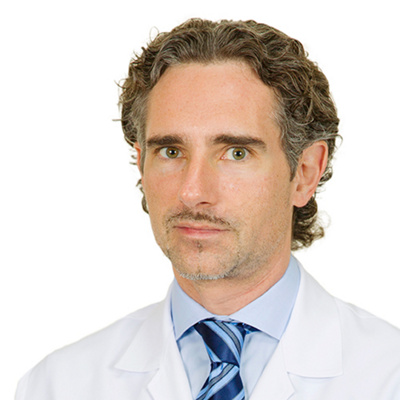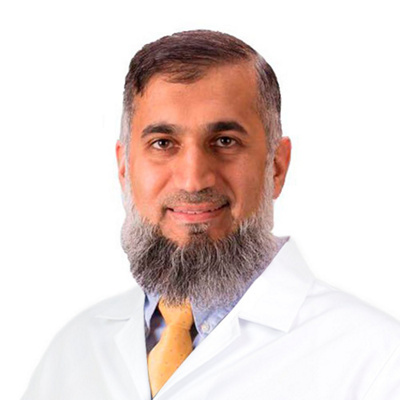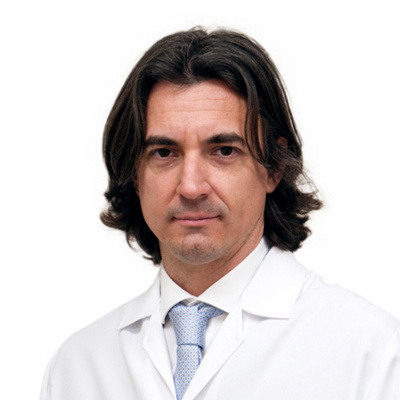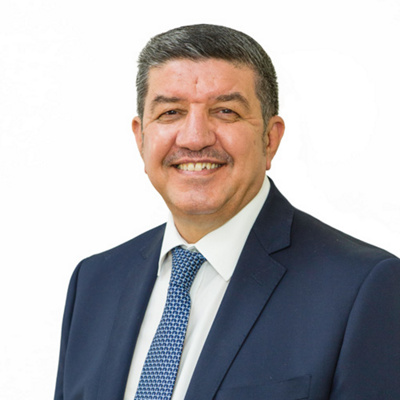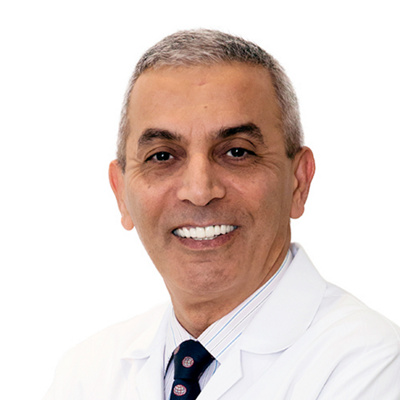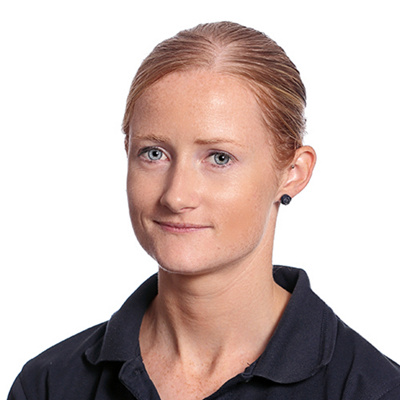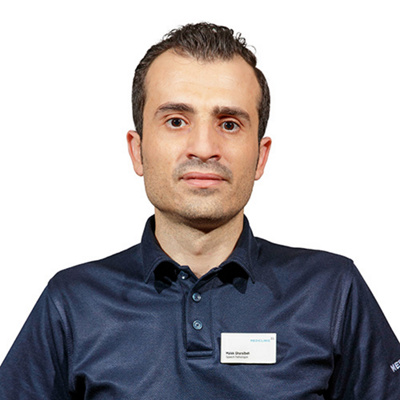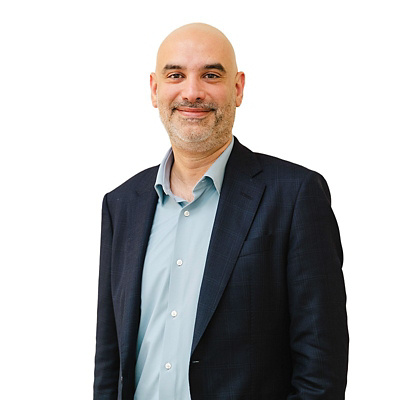Mediclinic City Hospital is the first in the region to receive the American Stroke Association and Middle East North Africa Stroke Organization Comprehensive Stroke Center Certification.
The main objective of the Stroke Centre is to provide education about stroke prevention, and enhance treatment and prognosis for patients who suffer a stroke. Numerous studies and analysis have shown that organized treatment by a specialist team in a Stroke Centre can significantly reduce neurological deficits; such as paralysis or speech problems, as well as decrease the mortality of stroke patients.
Mediclinic’s Dubai Stroke Service is a close collaboration between Mediclinic City Hospital (hub for complex cases and endovascular and neurosurgical procedures), Mediclinic Parkview Hospital and Mediclinic Welcare Hospital (spokes for initial acute treatment). This model allows us to provide expedited care to patients in the southern as well as northern parts of the city of Dubai and neighboring Sharjah. Mediclinic ensures a smooth patient journey within the network from the spokes to the hub for complex cases and patients requiring endovascular procedures.
Treatment in the Mediclinic City Hospital is carried out according to the maxim ‘Time is Brain’ which suggests that every minute a stroke is left untreated results in further damage to the neurons of the brain. We have a 24/7 emergency service with fast track access, a Neurosuite with Biplane imaging for endovascular procedures, theatres for neurosurgery procedures, intensive care unit, and dedicated stroke ward beds .
The Mediclinic City Hospital’s Comprehensive Stroke Center is open 24/7 to all acute stroke patients irrespective of insurance status.
Definition
A stroke is defined as the sudden onset of neurological deficits – for example, paralysis of one side of the body – that last at least 24 hours. Depending on the cause and location of the stroke, it can lead to the patient experiencing varying symptoms.
If caught early enough some strokes can be treated, and the damage can be reversed. It is imperative that everyone can recognise the signs and symptoms of stroke early and seek immediate medical assistance.
Strokes are generally divided into two categories: Ischemic & haemorrhagic.
Cause
Ischemic Stroke
Approximately 87% of strokes are Ischemic strokes.
An ischemic stroke occurs when an artery supplying a specific area of the brain becomes blocked. There are various factors that contribute to a blocks forming, the most common is atherosclerosis; which is fatty deposits inside the blood vessels. These fatty deposits can cause obstructions in two main ways:
- A thrombus (blood clot) develops at the fatty plaque within the blood vessel
- A blood clot can form at another location in the circulatory system where a part of the blood clot breaks loose (embolism), and then travels through the brain’s blood vessels until it reaches vessels too small to allow it to pass, creating a block. These clots often form in the heart or in large arteries of the chest and neck. A main cause of embolism is an irregular heartbeat called atrial fibrillation. It can cause clots to form in the heart which then travel to the brain.
Haemorrhagic stroke
Approximately 13% of strokes are haemorrhagic strokes.
Two types of haemorrhagic strokes can happen: intracerebral haemorrhage (ICH) and subarachnoid haemorrhage (SAH). Both of these types of haemorrhages occur when a blood vessel in the brain becomes weak and breaks open, causing blood to flow out in the tissues of the brain. The blood can then accumulate and cause pressure on the tissue of the brain, and the area where this happens dictates what type of haemorrhage it is; ICH or SAH.
Aneurysms (ballooning area of weak blood vessel) and arteriovenous malformations (cluster of abnormally formed blood vessel) are the two leading causes for blood vessels becoming weak and rupturing. Other contributing factors to haemorrhagic strokes are:
- High blood pressure
- Amyloid (a protein produced in the body) deposits in aging blood vessels
- Brain trauma
- Brain tumours
Heavy alcohol use, low cholesterol, blood thinners and illicit drug use can also lead to a haemorrhagic stroke.
Symptoms
Ischemic Stroke
Symptoms of an ischemic stroke last at least 24 hours, if these symptoms begin to fade after 24 hours, it is considered a minor stroke or a transient ischemic attack (TIA). These symptoms can include:
- Impaired vision: one-sided blindness, visual field defect, double vision
- Language disorder: trouble with finding words, writing, comprehension impaired
- Speech disorder: indistinct or slurred speech
- Difficulty in swallowing
- Dizziness, impaired balance
- Paralysis and/or sensory loss of one-half of the body
A TIA should be taken as a serious warning sign, even if the symptoms go away. Seeking immediate medical attention is imperative.
One third of people who experience a minor stroke that resolves, go on to have a more severe stroke within one year if they do not seek medical treatment when they experience a TIA.
Haemorrhagic Stroke
Symptoms can get worse over time and may include:
- Headache
- One-sided weakness
- Vomiting
- Seizures
- Decreased level of consciousness
- Neck stiffness
Diagnosis
A CT scan is used to diagnose all strokes. However, it is important for the course of treatment that a thorough medical history be documented, and the onset of symptoms be noted.
The doctor will perform a physical exam which includes close inspection of the central and peripheral nervous systems.
ECG and an echocardiogram may be used to check for heart rhythm abnormalities, and the physical condition of the heart.
Blood tests will be done to check for blood clotting disorders.
Treatment
TIAs
The aim of treatment of a TIA (minor stroke) is to prevent a subsequent stroke. Medication is prescribed to inhibit the formation of further blood clots (blood thinners or anti-platelet drugs depending on the cause of blood clots), as well treating any underlying heart disease. Lifestyle changes are encouraged to include exercise and healthy diet.
Ischemic Stroke
The gold standard treatment for ischemic stroke is dissolving the clot with IV Alteplase, a medication that when given within the 4.5 hours window of onset of symptoms can help reverse the effects of the stroke.
A mechanical treatment to remove the clot through an endovascular procedure is recommended in patients who fit narrow time and medical criteria. A catheter inserted through a large artery in the groin is advanced to the affected artery in the brain, and the clot is mechanically removed.
Haemorrhagic Stroke
The primary goal of the treatment of this type of stroke is to stop the bleeding and prevent re-bleeding. The bleeding can be stopped in a traditional surgical setting when an aneurysm is the cause and the blood vessel needs to be secured. But medical advancements have now allowed surgeons to approach the treatment of ruptures in a minimally invasive manner through endovascular procedures. Much like the mechanical clot removal in ischemic strokes, with haemorrhagic strokes, the surgeon and neuroradiologist will access the blood vessels in the brain through a large artery in groin and will advance a catheter and camera to better visualise the problem. Once the source of the bleeding is identified, coils (made of elastic platinum fibres) can be placed to prevent further blood vessel rupturing.
Sometimes if the bleeding in the brain is causing pressure on the brain tissue, a surgical procedure must be down to release the pressure and decrease relieve the swelling in the brain.
When the primary cause is treated, the underlying cause of a haemorrhagic stroke must be addressed and treated. This can be treating high blood pressure and counselling the patient to adopt a healthy lifestyle, with cessation of risky behaviour.
Rehabilitation
Strokes, regardless of the type, can leave devastating side effects that impact the quality of life. The neurorehabilitation, which includes physiotherapy, occupational therapy and speech and language therapy, begins on the day after admission, and is an integral part of healing.
Adequate and targeted neurorehabilitation can make a significant contribution to the recovery of the patient, helping to reactivate the lost skills.
Prevention
The risk of stroke increases as you age, it also increases if you have underlying health conditions or lead an unhealthy, risky lifestyle.
Preventing a stroke
You can significantly reduce your risk of having a stroke through leading a healthy lifestyle by:
- Eating a healthy diet
- Taking regular exercise
- Drinking alcohol in moderation
- Not smoking
If you have had a stroke or TIA in the past, these measures are of particular importance because your risk of having another stroke is greatly increased.
Managing underlying conditions
If you have been diagnosed with a condition known to increase your risk of stroke, ensuring the condition is well controlled is also critical in helping prevent strokes. The lifestyle changes mentioned above can help control these conditions to a great extent, but you must also continuously follow up with your healthcare team and follow their recommendations.
Examples of underlying conditions that require follow up and care are:
- Atrial fibrillation
- High blood pressure
- High cholesterol
- Diabetes (type I & II)
- Transient ischemic attacks (TIA)

